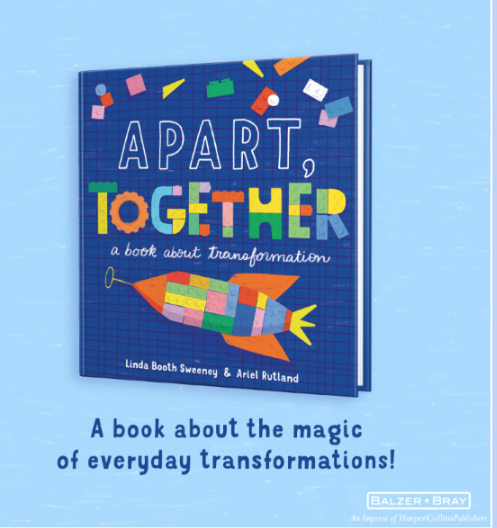
Aristotle statue by Panos. Stageira. Greece
2730 years ago, the great philosopher Aristotle was puzzled. He thought about the parts of a tiger, like the heart, stomach, and brain. He knew, that separately, the parts made a heap or pile. Together, though, they created something different — a fierce, fast, powerful tiger. From this insight, Aristotle offered the timeless adage: “The whole is greater than the sum of its parts.” Today, we call this “emergence.”

As adults, we know that paying attention to situations where the “whole is greater than the sum of its parts” helps us anticipate how our actions can create ripple effects. It also helps us avoid decisions that “backfire” or create unintended consequences. For example, instead of encouraging the heroics of one team member to solve the crisis-of-the-day, we might look to support a whole team in developing the capacity it needs to better solve problems over time.
What if you were introduced to the idea of emergence when you were very young?

Now you can! My new children’s book, APART, TOGETHER, gorgeously illustrated by Ariel Rutland, uses calming rhymes and scenes from a child’s everyday life — washing hands, playing soccer, baking a cake – to encourage young readers, ages 3 and up, to explore how separate things can come together to make something new. Or, how “the whole is greater than the sum of its parts.”

Illustration by Ariel Rutland, from APART, TOGETHER (written by Linda Booth Sweeney)
Curious About Connections Conversations:
The heart of the book lies in helping children to be Curious About Connections. Using three simple questions, these conversations help children to NOTICE, WONDER, and CONNECT, and in doing so, builds the muscle to see not only objects— a bee, soil, a soccer player—but to imagine how the interconnections and interactions among those objects can create something entirely new. As simple as this may seem, more and more early childhood educators are recognizing the importance of shifting focus from individual parts to interrelationships—a transformation essential for cultivating 21st-century life skills such as social-emotional learning, systems thinking, growth mindset, and education for sustainability.
Empathy in Action
Consider empathy. For children, recognizing emergence involves understanding “the whole” or interrelationships that create something the individual parts cannot create alone. This awareness generates empathy, allowing children to appreciate the perspectives, emotions, and contributions of others, whether on a soccer field or in a group art project.
“Thinking in Systems”
Whether you’re 5 or 55, imagining how different parts interact to produce the results we see, is the first step in “systems thinking.” As children look beyond simple cause-and-effect relationships and get curious about “interconnectedness” (using simple drawings, diagrams, or objects) both in school and everyday life, they are more likely to understand that outcomes are often a result of multiple factors. This mindset helps them feel more confident when dealing with complex problems as they grow older.
APART, TOGETHER arrived on bookshelves just last month, and is just beginning to receive reviews, including this starred review from School Library Journal:
I couldn’t have hoped for a better review!
If you’ve read APART, TOGETHER with your child or class, I’d love to hear about your experience. In the new year, I’ll be reading the book and introducing the CURIOUS ABOUT CONNECTIONS questions in pre-schools, libraries, art centers, and nature centers. I’ll be posting what I’m learning and sharing more resources and opportunities to join others interested in creating Curious about Connections conversations with children. Stay tuned!
— Linda
A FEW HELPFUL LINKS:
To purchase the book, start with your local bookshop! Other good options here.
To stay in the loop and receive a free companion guide to APART, TOGETHER, subscribe here.
Join me on INSTAGRAM at Linda_Booth_Sweeney_creates